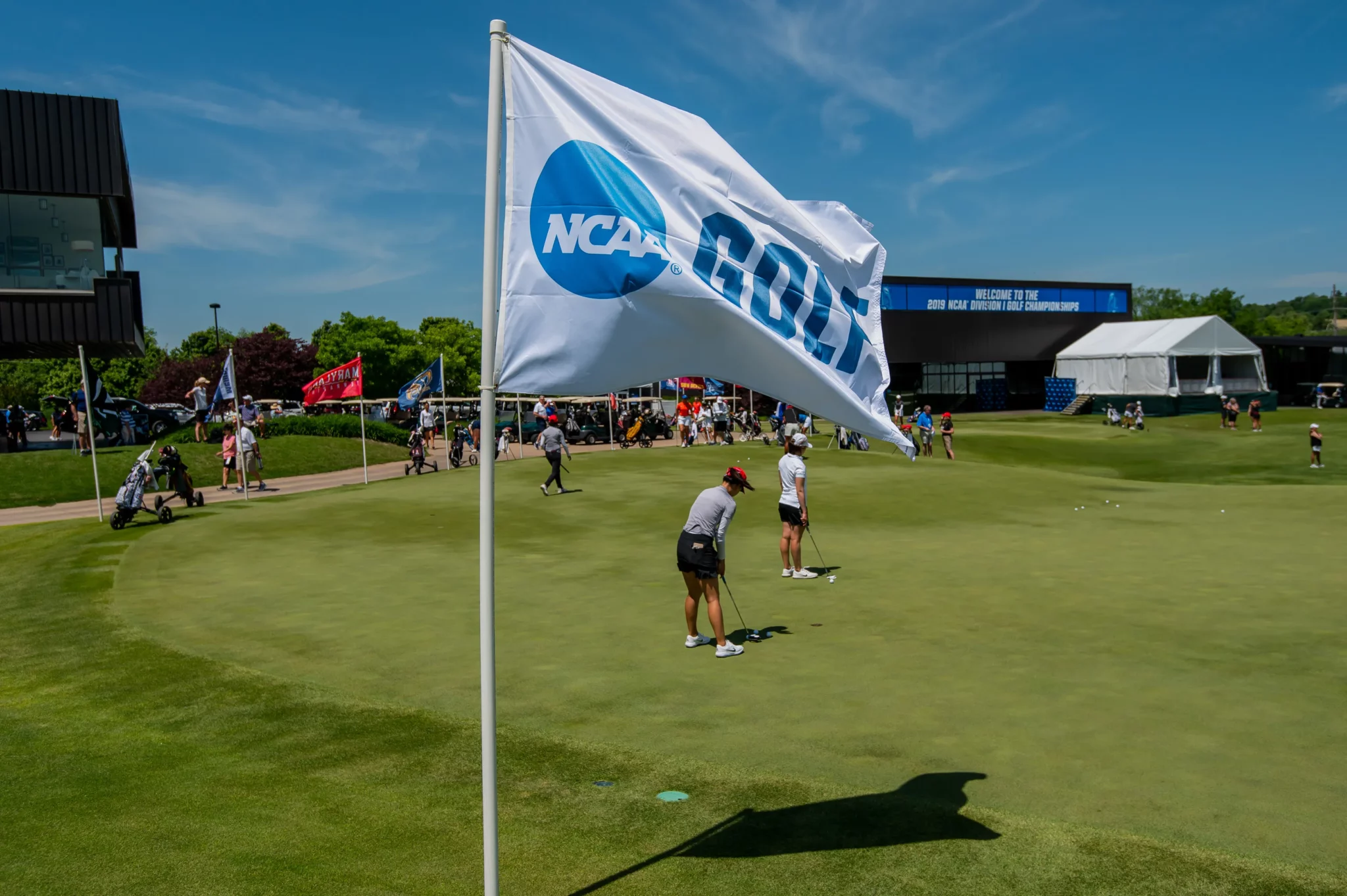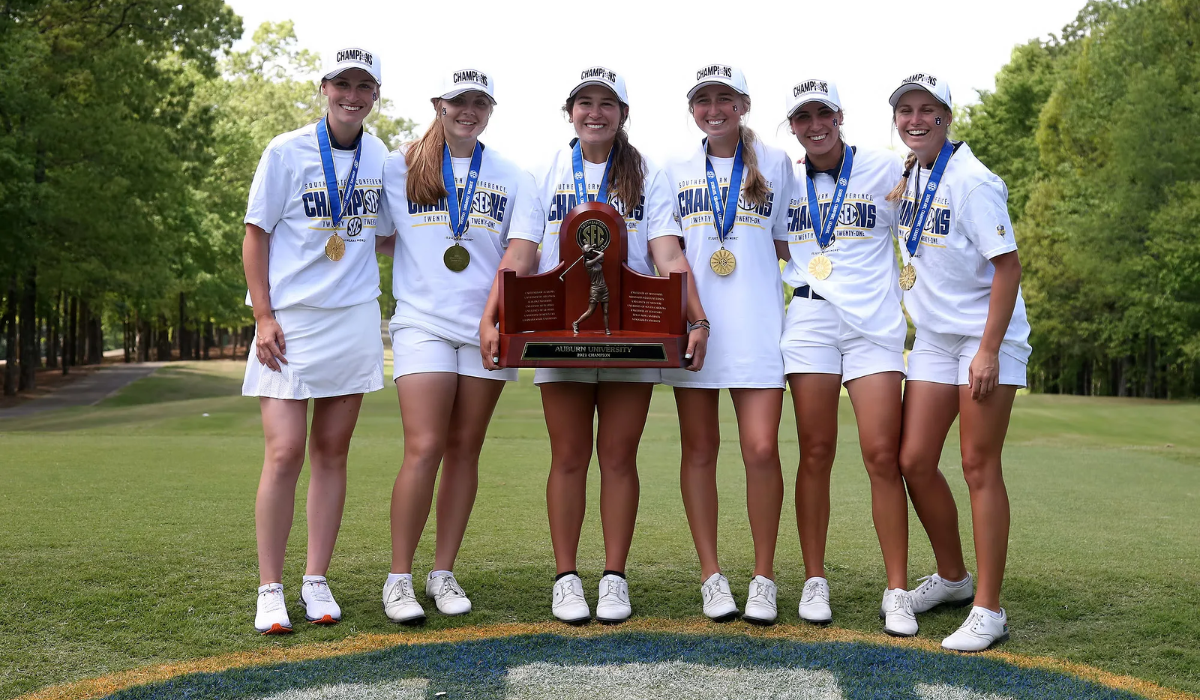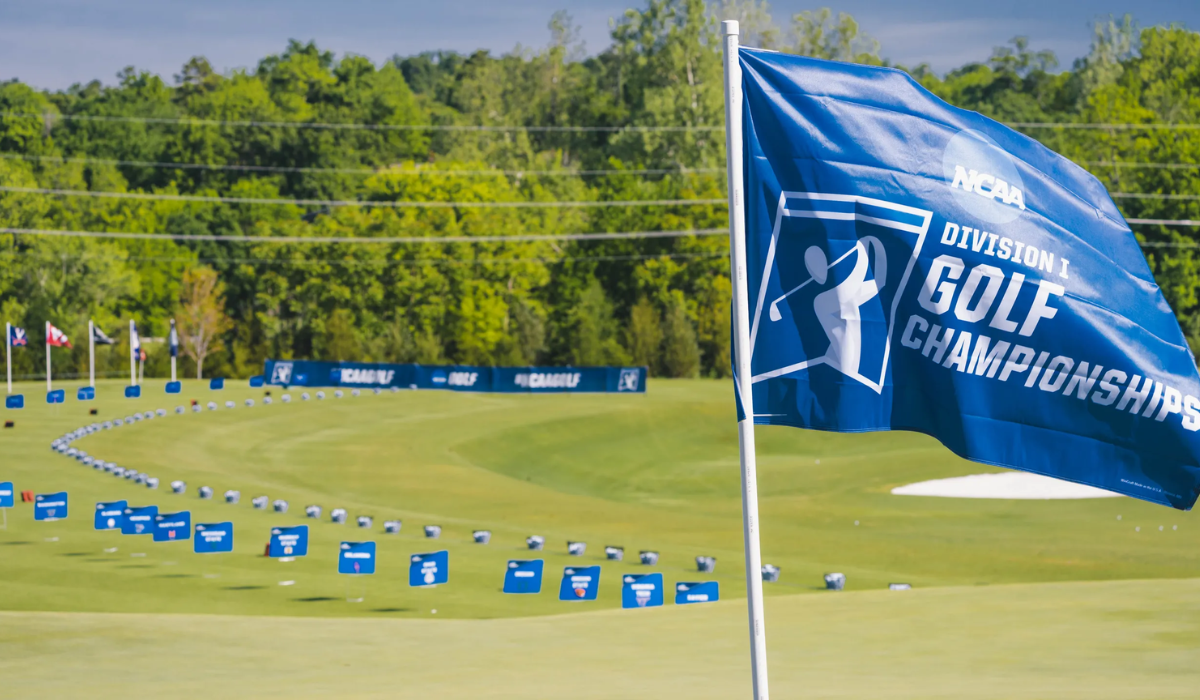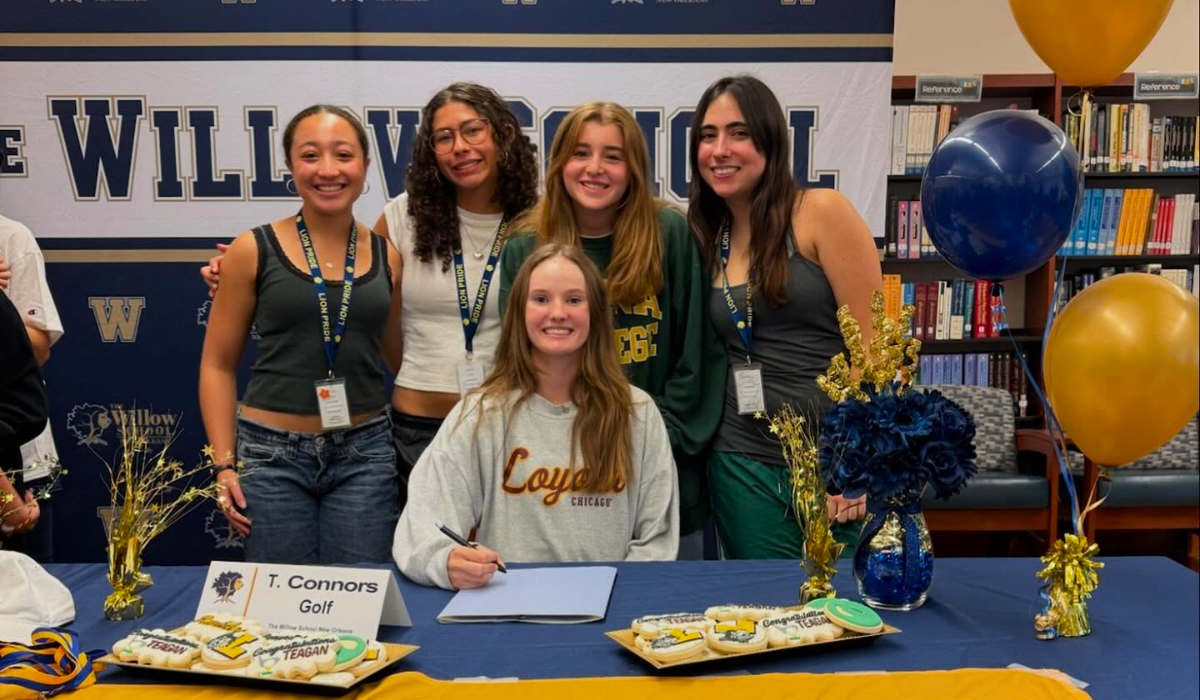Clothes
How to Pack Smart for a Golf Holiday
Explore 33,000+ golf courses in 180 countries.
Follow the latest news and trends in golf.
Connect with like-minded golfers.
Find everything you need for your golf equipment and gear needs.
Travel, golf resorts, lifestyle, gear, tour highlights and technology.
All Square
Suggestions
Clothes
How to Pack Smart for a Golf Holiday
Course Reviews
Weekend Golf Escapes by Car from Luxembourg
Course Reviews
Best Clubhouse Restaurants in Europe
Course Reviews
Your Top Destinations For a Last-Minute Christmas Golf Getaway in Europe
Clubs
Hideki Matsuyama WITB Behind His 2025 Hero World Challenge Victory
Amateur Golf
Europe’s Best Pro-Am Golf Events for Amateurs
Course Reviews
Top 10 Par‑3s You’ll Never Forget
Course Reviews
The Architects Behind Europe’s Most Iconic Courses
Destinations
Europe’s Best Resorts for Couples
Contests
The Skins Game: Results & Overview
Community
Rewilding the Rough: Nature-First Golf Design
Course Reviews
The History Behind the Ryder Cup Courses
Abu Dhabi HSBC Championship
Aaron Rai’s Winning WITB at Abu Dhabi HSBC Championship
Course Reviews
The Best Golf Courses Near Pinehurst That Aren’t Pinehurst No. 2
Course Reviews
The Els Club Vilamoura: Golfing Grandeur in the Algarve
Clubs
Aldrich Potgieter’s Breakthrough Win at the 2025 Rocket Classic
Clubs
The Best Golf Wedges of 2025
Course Reviews
Black Mountain Golf Club, Thailand: A Championship Haven in Hua Hin
Course Reviews
Inside the Ryder Cup 2031 Venue: Camiral — Stadium Course
Course Reviews
Where to Travel for Golf This Summer
Clubs
What’s In Sepp Straka’s Winning Golf Bag?

College golf in the U.S. is a high-octane crucible where young players chase their dreams amid the chaos of school life. It’s a launchpad that’s churned out legends like Tiger Woods, Phil Mickelson, and Nelly Korda, offering a rare blend of top-tier competition and a college degree. With its intricate structure, gruelling schedules, and a postseason that rivals pro-level drama, college golf is a world worth exploring.

Three organizations run the show: the NCAA, NAIA, and NJCAA. The NCAA is the titan here, divided into Division I—home to powerhouses like Oklahoma State, Stanford, and Arizona State — Division II, and Division III. D1 is the cream of the crop, with deep rosters, hefty budgets, and national broadcasts, while DII keeps the competition fierce on a tighter leash, and DIII prioritizes academics over athletic scholarships.
The NAIA, for smaller four-year schools, and NJCAA, for junior colleges, widen the net, giving overlooked talents or late bloomers a chance to prove themselves and often leap to bigger programs. The season splits into two phases: fall (August to November) is a proving ground for coaches to test their lineups, while spring (February to June) brings the real fireworks—conference championships and the NCAA Championships turn the heat to eleven.

In tournaments, teams send five players to the tee, but only the top four scores count each day in stroke play. Picture a squad where a sizzling 2-under 70, a scrappy 72, and a clutch 71 bail out a teammate’s 78—that’s the strategic heartbeat of the game. Stroke play rules most events, stacking scores over multiple rounds, but match play lights up the postseason, like Florida’s 2023 NCAA men’s title win over Georgia Tech, sealed by a putt that had fans holding their breath. Beyond the grind, top players get a global spotlight in the Walker Cup or Arnold Palmer Cup, trading blows with the world’s best amateurs.

Recruitment starts young—sometimes as early as 14 or 15—when high schoolers hit junior circuits like the AJGA or USGA events to turn heads. Coaches scour leaderboards for scoring averages (par or better screams D1 potential), consistency under pressure, and a swing that doesn’t crack. But it’s not all numbers—grades, leadership, and how a kid fits the team’s vibe can tip the scales. A 68-shooter with a 3.8 GPA might be a coach’s unicorn.
Scholarships are a precious puzzle: D1 men’s teams divide just 4.5 among 8-10 players, women get 6, while DII and NAIA offer slimmer slices, and DIII bets on academic aid instead. Partial rides rule—a star might snag full tuition, but a freshman could scrape by with 25%, pushing everyone to earn their keep.

The grind is borderline heroic: imagine 6 a.m. gym sessions, a full slate of classes, then four hours tweaking your short game on the range or course. At Oklahoma State’s Karsten Creek—a sprawling, tech-packed golf haven in Stillwater—players like Rickie Fowler and Viktor Hovland forged their pro-ready skills. Tournaments can mean 36 holes in a day, a brutal marathon that tests endurance as much as it does a wedge shot’s spin.

College golf’s magic is its twin promise. It’s a pipeline to the pros—Stanford’s Tiger Woods rewrote history after dominating college greens, and today’s PGA TOUR University lets top seniors skip the line to the Korn Ferry Tour or even the PGA’s big stage. Programs like Arizona State have sent waves of talent, like Jon Rahm, straight to the tour’s upper echelons.
Yet it’s not just a factory for millionaires. Walk-ons and underdogs etch their own stories, clawing through regionals—where the top five D1 teams punch their ticket—to nationals, a 54-hole stroke-play slog that crowns an individual champ before match-play madness decides the team title. Auburn’s 2024 upset, storming past favourites with grit and guts, showed how wild this stage can get.

For every player, it’s a balancing act: chasing a PGA or LPGA paycheck while nailing midterms, or simply soaking in the thrill of competition with a diploma as the prize. Coaches build legacies, facilities like Wake Forest’s state-of-the-art range churn out precision, and the game’s future grows stronger. College golf isn’t just a stepping stone—it’s a pressure cooker of talent, heart, and opportunity that keeps the sport swinging forward.